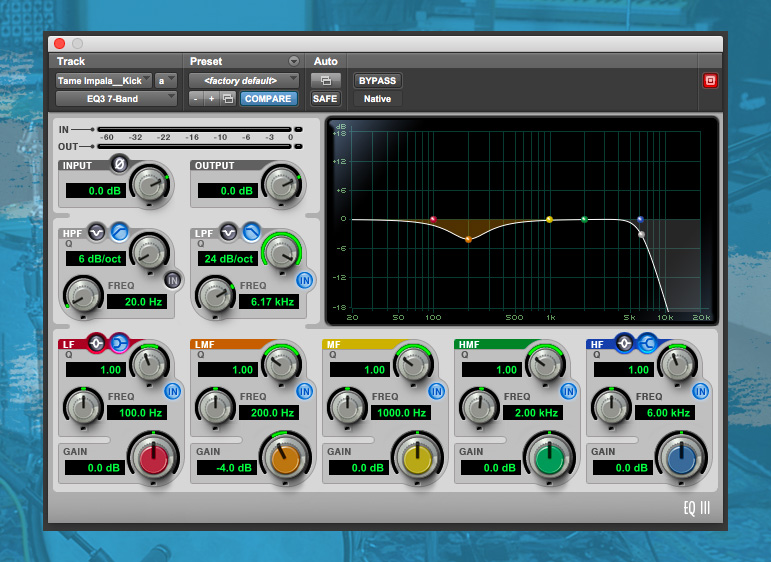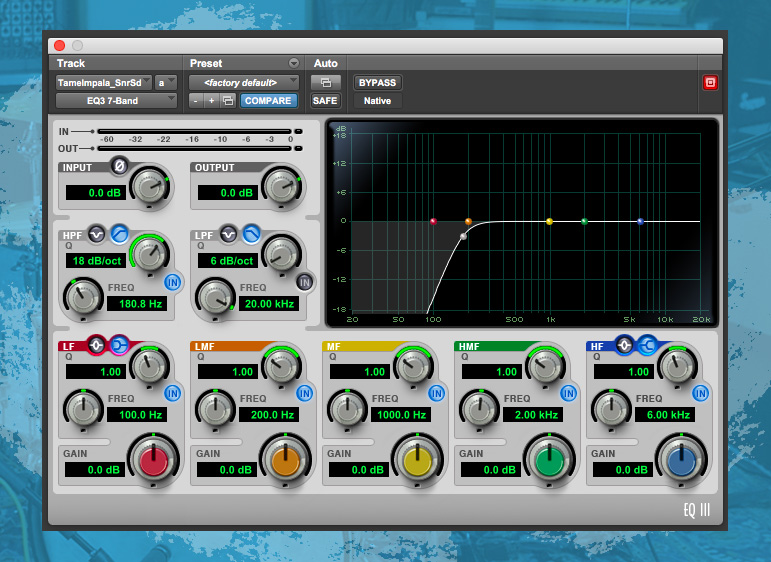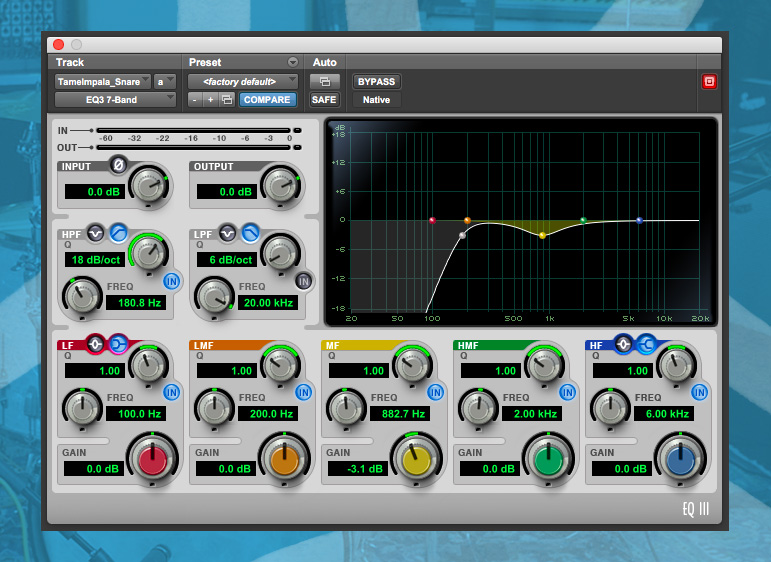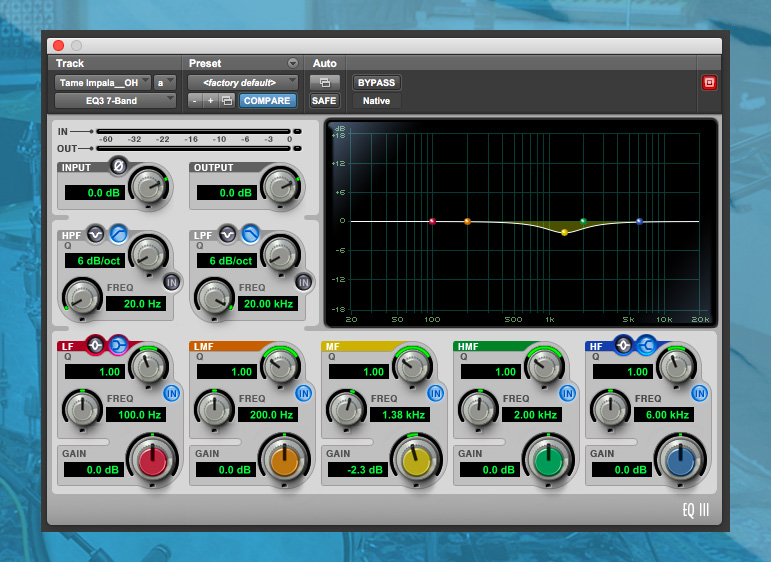Tame Impala's sonic leader, multi-instrumentalist, and producer Kevin Parker brings an exacting and meticulous approach to recording. Not only has this led to three great Tame Impala albums (and counting), but it's also made him a go-to collaborator for the world's leading producers and artists. Kanye West, Travis Scott, Rihanna, Tyler The Creator, and many other pop and hip-hop figures have either worked directly with Parker, sampled his music, or, in Rihanna's case, outright covered a Tame Impala song.
The foundation of Tame Impala's sound rests on Parker's thick drum tracks—at times distorted, at times awash, but almost always central to the mix—as heard on albums like Innerspeaker and Lonerism. Today, Reverb's Jessica Burdeaux and Matt Jordan are here to show you how to get this sound yourself.
The Drum Kit
As Jessica explains in our video above, the drum set Parker most-often used on his early albums was a 1960s Ludwig "Super Beat" kit with a 13" rack tom, 16" floor tom, and 20" kick. To demonstrate, we're using a '50s WFL kit with the same shell sizes.

The 1950s Ludwig Supraphonic 5x14" snare Parker is known to have used is a great drum if you can afford it. But a '90s Ludwig Acrolite can give a good approximation of the sound at an easier-to-stomach price.
For cymbals, we're using smaller-sized vintage cymbals like a Zildjian 20" K Constantinople ride and 14" K Kerope hi-hats.
Tuning and Muffling
Drum heads with thick coats, tuned low, and with sometimes copious amounts of towels and gaffer tape is the way to go.
For the snare, we're tuning it medium-low, keeping the snares fairly loose, and using a Big Fat Snare Drum Donut to get a full sound.
For the toms, the batter heads are also tuned medium-low, but the resonant heads are tuned even lower, and we're using plenty of Moongel. Likewise, the kick drum will sound round and punchy thanks to a low tuning and some blankets stuffed inside the shell.
Microphones and Mic Placement
Of course, it's not just the drums themselves that make for Tame Impala's great vintage-tinged, saturation-heavy drum sound.
Being a proponent of DIY home recordings, Kevin Parker is known to use some unconventional yet affordable microphones on his drums. We've matched his setup with:
- A Shure SM57 a few inches back from the resonant head of the kick drum.
- A Sennheiser MD-421 at the top of the snare.
- A Shure SM58 at the side of the snare, about four inches away.
- A Shure KSM32 overhead mic (Parker uses a Rode K2), about five feet above the floor tom.
Aided by the liberties of a DIY aesthetic, using easy-to-obtain microphones also makes this drum sound easily replicable, no matter where you happen to record. Additional character—and especially the character that makes Tame Impala drums sound like Tame Impala—needs to be added with processing.
EQ and Compression
Liberal amounts of compression will be necessary to really nail the tone, so to begin, we took certain frequencies down via EQ so that they wouldn't be overly boosted with all the compression we plan to add.

For the kick drum, we took out some of the boxiness around 200Hz and put a low-pass filter at 16kHz to remove the cymbal bleed the SM57 was picking up.


For both snare mics, we've used a high-pass filter at around 80Hz to get rid of all of the low-end rumbling. And, just for the mic at the top of the snare, we've taken a two-decibel notch out around 800Hz.

For the overhead mic, we took out about two decibels around 1.3kHz, just to tame a certain harshness that was coming through the mic.
With all the mics properly EQ'd, we then ran them through aggressive compression—a vintage Shure Level-Loc—a brick-wall limiter designed for radio broadcasts. While the hardware unit is hard to come by these days (you can add it to your Reverb Feed by clicking here), Soundtoys makes an excellent plugin version called the Devil-Loc.
